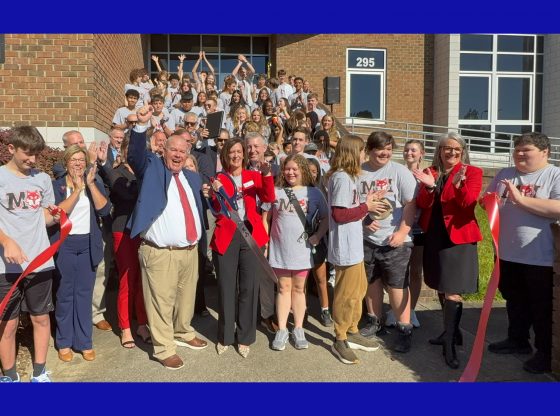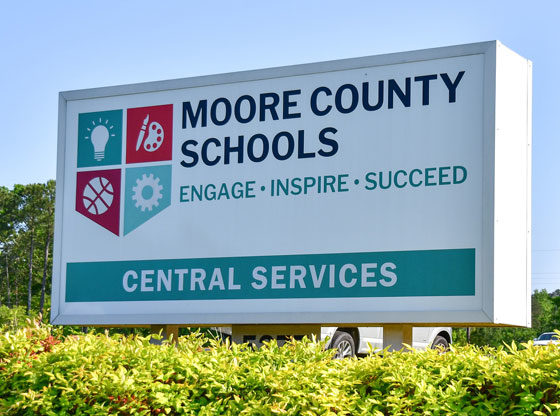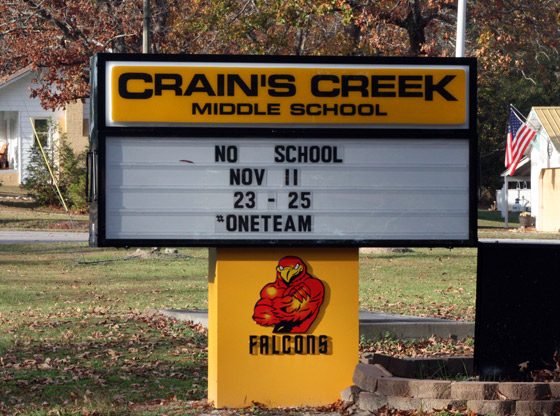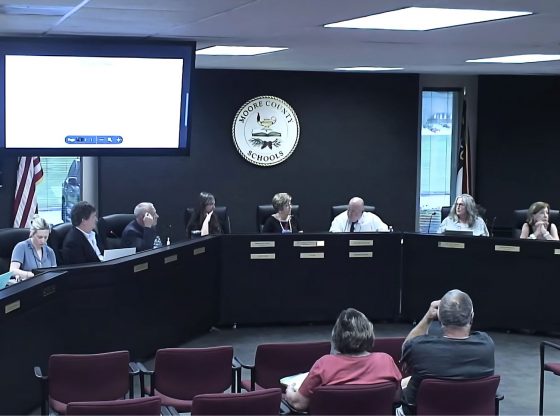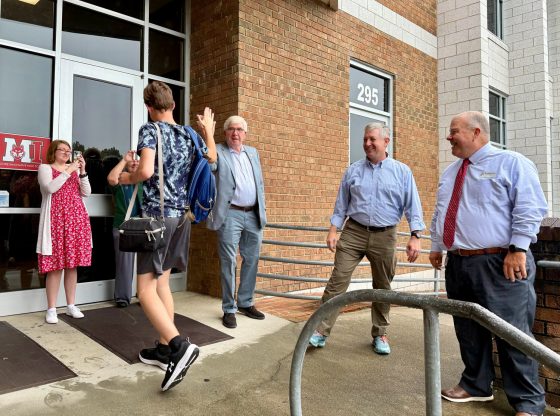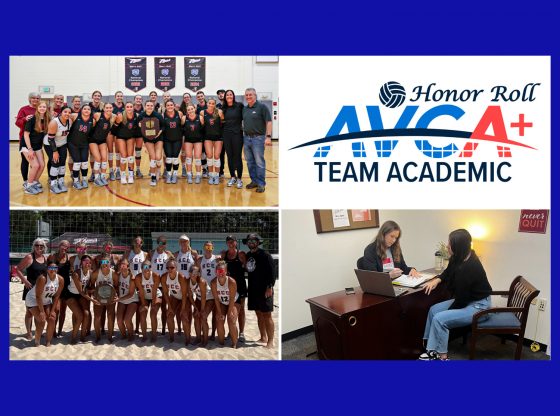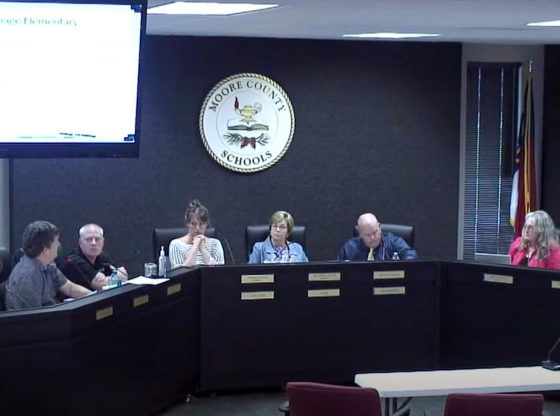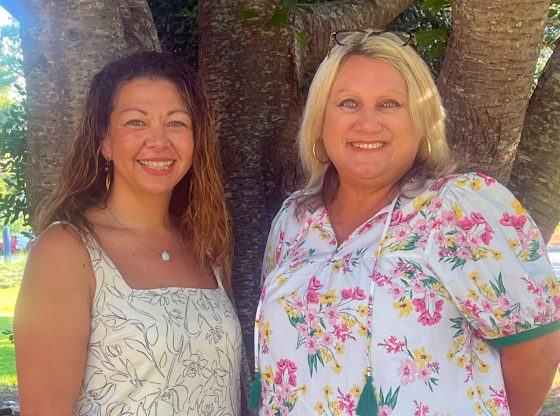The N.C. Department of Public Instruction submitted the state’s application for funding under the federal Every Student Succeeds Act (ESSA). On Sept. 7, the N.C. State Board of Education approved North Carolina’s state plan to implement the federal legislation, which became law in December 2015.
The plan is the culmination of months of work by DPI staff and was drafted with input from the State Board of Education, state Superintendent Mark Johnson, the U.S. Department of Education, local school districts and charter schools, and many other stakeholders.
While the document is mainly an application for federal funds, it also includes the state’s Theory of Action, a concise statement of North Carolina’s commitment to the ongoing transformation of its education system, allowing students to follow the path to success that they decide best fits each of them.
According to the plan, the state “promotes new strategies that translate into emerging initiatives. Once shown to improve outcomes for students, such promising practices will be scaled and replicated into proven programs across the state.”
The innovation expected for students and educators includes:
~Adaptive environments, accomplished through flexible practices, authentic assessments, and responsive thinking
~Personalized learning, including the use of digital resources that provide the ability to transfer information freely and quickly Empowered educators who actively coordinate their professional learning and tailor their training to their unique career aspirations.
~Empowered educators who actively coordinate their professional learning and tailor their training to their unique career aspirations.
Other highlights of the plan include:
Long-term student performance goals: The plan establishes long-term, 10-year goals for student performance using end-of-grade and end-of-course exams. For example, the plan sets as a goal for aggregate reading performance of third through eighth graders that by 2027, 65.8 percent of students will be achieving at the state’s College-and-Career-Ready standard for a gain of 20 percentage points from the 2016 baseline of 45.8 percent. The goal for math performance for third through eighth graders, combined, is 74.1 percent at the College-and-Career-Ready level, up from a 2016 baseline of 47 percent.
The plan also includes goals for closing achievement gaps among specific race/ethnicity groups, English Learners, economically disadvantaged students, and students with disabilities.
The 10-year goal for the state’s four-year cohort graduation rate is 95 percent, up from the 2016 baseline of 85.9 percent.
School Performance Grades: North Carolina’s School Performance Grades model, in which schools earn an A, B, C, D, or F based on accountability measures, continues – with some modifications – under the ESSA plan. School Performance Grades provide accountability results that are clearly understood by parents and other stakeholders. North Carolina’s annual release of accountability data and School Performance Grades has become an important and easy-to-understand way for parents to chart progress and compare schools.
Under ESSA, states could choose to submit their application by April 3 or Sept. 18. The applications will be peer-reviewed and must be approved by the U.S. secretary of education. Once approved, states may amend their plans.
ESSA is the latest reauthorization of the 1965 Elementary and Secondary Education Act and was approved by the U.S. Congress and signed into law in December 2015. ESSA continues the nation’s longstanding commitment to equal opportunity for all students and replaces the No Child Left Behind Act of 2001.
Contributed







